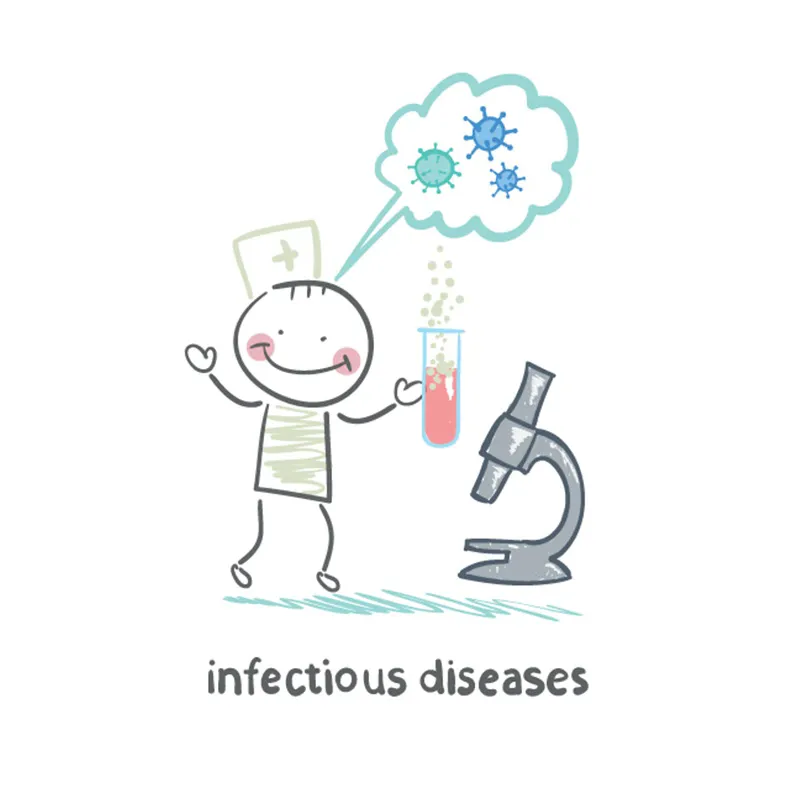Short vs Long Duration of Amoxicillin-Clavulanate in Pediatric Protracted Bacterial Bronchitis
Introduction
Protracted bacterial bronchitis (PBB) is defined clinically as a chronic wet cough (>4 weeks duration) that responds to 2–4 weeks of antibiotic (usually amoxicillin–clavulanate) without signs or symptoms of another cause. However, there is disagreement among several national, pediatric, chronic cough guidelines that include the management of chronic wet cough in children with suspected PBB.
Aim
-
Primary hypothesis: 4-week course of oral amoxicillin–clavulanate is superior to 2-week course in achieving clinical cure in children with suspected PBB within 28 days.
-
Secondary hypotheses: Children who receive longer duration antibiotics would have reduced rates of PBB recurrence; longer time to next exacerbation following clinical cure; and greater improvement in Parent-proxy Cough-Specific Quality-of Life (PC-QoL) between baseline and 28 days and 7 months follow-up
-
Method
-
Two-arm, parallel-group, double-blind, placebo controlled randomized controlled trial
-
Eligible children (2 months to 19 years) with chronic (>4 weeks duration) wet cough; deemed by their treating doctor to require oral antibiotics; and suspected of having PBB
Treatment
-
Amoxicillin–clavulanate reconstituted to 400 mg amoxicillin plus 57 mg clavulanic acid per 5 mL and dosed at 25–35 mg/kg (amoxicillin) per dose and administered twice daily, with a maximum of 880 mg (amoxicillin) per dose.
-
Children randomized to receive either 4 weeks of amoxicillin–clavulanate (4-week group) or 2 weeks of amoxicillin–clavulanate followed by 2 weeks of placebo (2-week group).
-
Endpoints
-
Primary: Proportion of children with clinical cure at any time by 28 days
-
Secondary: Time to next wet cough exacerbation after clinical cure, recurrence of PBB at 6 months, PC-QoL score change from baseline to day 28 and from day 28 to 7 months, nasal swab bacteriology and antimicrobial resistance patterns, and treatment-related adverse events.
-
Results
Primary endpoint of clinical cure by day 28 in 4-week group was not significantly different to the 2-week group (adjusted RR 0·87; p=0·49)
The difference between rate of recurrence of PBB at 6 months in the 4-week group vs 2-week group was not significant (adjusted OR 0·39; p=0·07)
Fig: Comparison of outcomes
Time to next wet cough exacerbation was significantly longer in the 4-week group than the 2-week group
Fig 3: Comparison of secondary outcomes
|
Secondary outcomes |
2 week group |
4 week group |
Difference between groups, p value |
|
Time to next exacerbation (days, n=70) |
36 |
150 |
HR=0.47, p=0.02 |
|
Mean number of exacerbations (n=70) |
1.13 |
1.06 |
OR=0.90, p=0.66 |
|
Median PC-QoL change (day 0-28, n=87) |
2.1 |
1.9 |
RR=0.2, p=0.64 |
Safety: There was no difference between groups for adverse event frequency (p=0·57)
Conclusion
While 4-week course of amoxicillin– clavulanate did not improve clinical cure by day 28 in children with PBB, it was associated with improved symptom control during 6-month follow-up, with a significant increase in time to next wet cough exacerbation compared with a 2-week antibiotic course.
Lancet Respir Med. 2021 Oct;9(10):1121-1129
doi: 10.1016/S2213-2600(21)00104-1









